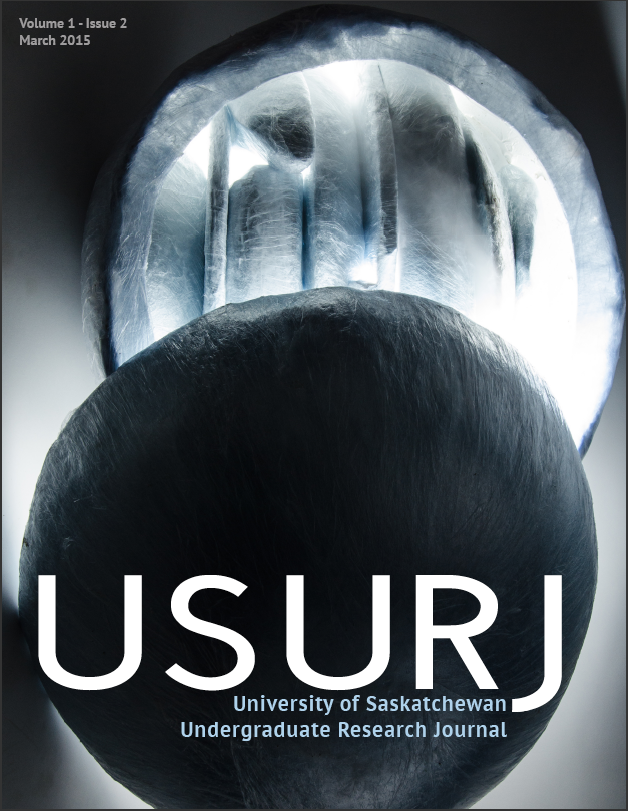Conceptualizing the ‘Failed State’: The Construction of the Failed State Discourse
Main Article Content
Abstract
The concept of the ‘failed state’ emerged in the 1990s to describe and explain why states residing outside the Western world do not function as advanced states. The failed state narrative has inherent conceptual limitations and is based on flawed assumptions that obscure its utility. These so-‐called failed states are held against a Western-‐centric norm and a universalized spectrum of state development. The concept is now widely used in the context of global security, peacekeeping, poverty reduction, humanitarian assistance and good governance. The application of the narrative within the realm of policy means Western actors use the concept to promote their own security and development interests. This translates into an inability to formulate effective policy responses to society-‐wide challenges. This essay examines the failed state narrative by exploring how the state is theorized in the context of failed states, and how the narrative is plagued with neocolonial underpinnings, definitional ambiguity, western centrism and analytical reductionism.
Downloads
Article Details
Section
Articles: USURJ’s current Publication Agreements apply a Creative Commons Attribution-NonCommercial License (CC-BY-NC) by default. The CC BY-NC license lets others remix, tweak, and build upon work non-commercially. The author(s) can choose a different CC license, as outlined in https://creativecommons.org/about/cclicenses/. Please see the PDF for each article to determine what license is applied to that article. Author(s) can also request to reserve all copyright (All Rights Reserved). If there is no indication for articles published before September 2020, assume the author retains all rights beyond those necessary for publication by USURJ. All articles published after September 2020 will apply one of the aforementioned CC licenses. See the Publication Agreement under the Submission Preparation Checklist or Author Guidelines for more information. Artwork: All copyright for the original artwork remains with the artist unless they wish to apply a Creative Commons (CC) license to the artwork. Please see the PDF for each artwork to determine what license is applied to that artwork.
